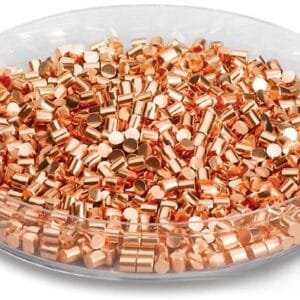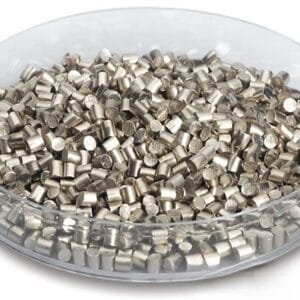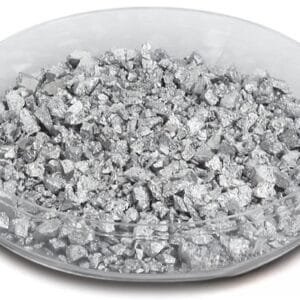Titanium Nickel Evaporation Materials Description
Our titanium nickel evaporation materials are high-purity alloys composed of titanium (Ti) and nickel (Ni). These materials, which can reach up to 99.9995% purity, are essential for achieving high-quality thin films in various deposition processes. TFM is dedicated to producing these materials with stringent quality assurance to ensure exceptional reliability and performance.
Applications of Titanium Nickel Evaporation Materials
Titanium nickel evaporation materials are versatile and used in numerous applications, including:
- Deposition Processes: Ideal for semiconductor deposition, chemical vapor deposition (CVD), and physical vapor deposition (PVD), these materials are critical for producing high-quality films.
- Optical Coatings: Suitable for wear-resistant coatings, decorative finishes, and display technologies, they enhance both functionality and aesthetics.
Packaging and Handling
Our titanium nickel evaporation materials are carefully tagged and labeled to facilitate efficient identification and quality control. We take meticulous care to prevent any damage during storage and transportation.
Get in Touch
TFM is a leading supplier of high-purity titanium nickel evaporation materials, available in various forms such as tablets, granules, rods, and wires. Custom shapes and quantities can be provided upon request. In addition to evaporation materials, we offer evaporation sources, boats, filaments, crucibles, heaters, and e-beam crucible liners. For current pricing and inquiries about materials not listed, please contact us directly.


 MSDS File
MSDS File



Reviews
There are no reviews yet.